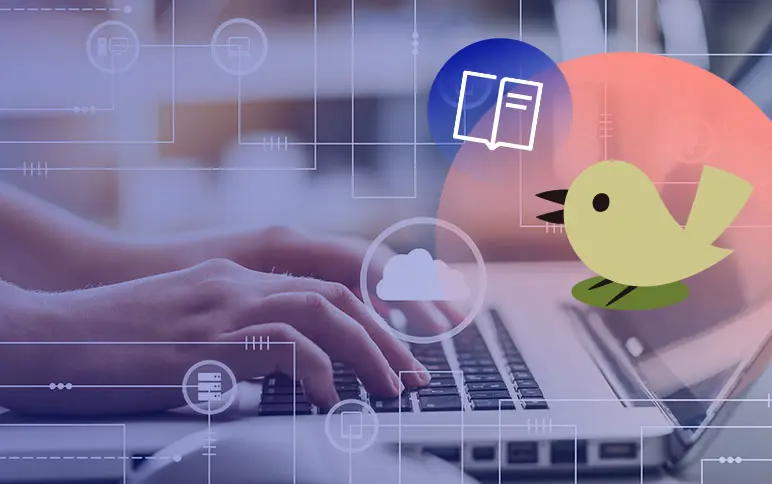Indiska, Sweden’s leading lifestyle brand, build intricate buying experiences in just 3 months
Indiska has embarked on an ambitious, yet scalable mission to build an intricate ecommerce journey for consumers across Europe. I sat down with CEO and Owner, Karin Lindahl, for an in-depth conversation about her background, future vision, and proactive steps for deeper customer engagement.

Julian Dawkins

Karin, please tell us more about your professional career to date
I didn’t study fashion or had a long career within the fashion industry - I my background is from the consulting industry. I was with McKinsey for almost six years, but worked a lot with retail.
I liked working in long-term projects where I could be part of the implementation and really influence the solutions. The more implementations I did, the better I understood the strategy. So, after a few retail engagements, I just felt that I want to go and work on the other side and see what it's really like.
What was it about Indiska that attracted you to the business?
In my view, it’s such a strong brand with such a rich history and a lot of great strengths. I started at Indiska in 2017 and got a very fancy consultant like title – Chief Transformation Officer. That meant steering and coordination of the operational efficiencies in the store network. I really got to know Indiska in that role, and then I became Sales Director. And when the CEO left, and I was asked to take over.

Operating 70 physical stores across Sweden, Norway and Finland, Indiska are famed for their cultural lifestyle concept – a mix of fashion and interior design with sustainability in mind. Karin shares the inspirational origin of the business.
So, Indiska is a very old company, we turn 120 years next year. It was started by a very adventurous woman called Mathilda Hamilton in 1901. She started Indiska based on her experiences of traveling to 45 different countries where she found a lot of interesting products, mainly focused on interior, that she brought home to Stockholm.
This is a story that we want to communicate more to our customers because we think it's so inspiring that in that time, 20 years before women were even allowed to vote in Sweden, she was out traveling the world. She was passionate about equality and sustainability. She was well ahead of her time.

Mathilda Hamilton
So, in Sweden basically everyone knows what Indiska is because it's been around for so long. It has stores in central places. Its customer base is very broad. Often our customer’s parents shopped at Indiska and as the new generation grew up, they too shop at Indiska. So, it's really a family brand. Today our customers’ age range from 12-year-old girls who are buying tea mugs to 85-year-old women who want to dress up.
With rapid growth amongst physical stores, what appetite did the business have for ecommerce, and what role does it play in today’s operations?
Through our website, we now connect with people in all of Europe. We’re in the middle of translating the site to more languages. I think the opportunity we have as we enter new markets, is that we can present ‘let's do something new’ and we can take the best of the brand. And we can also Include how we want Indiska to be positioned.
What has your infrastructure led you to understand about your online customers?
The average age is 35, 10 years younger than in-store customers. We say that younger customers come to Indiska and start with home interior. After a few years, they transition to also buy fashion.
I'd say in general terms, our online customers are quite informed about sustainability. They care about materials. They also care about price. We always need to find a way to present good quality items at affordable prices. They like comfortable clothes. So, they're very picky about fitting and prefer quite loose and comfortable fits. We have a lot of customers who work in practical jobs. We know primary care staff, teachers and many in different forms of government jobs love our clothes.
What has Optimizely helped you achieve in the short-term, and what features will you be further leveraging?
So, the big potential for us right now is that we've just started to add all of the functionalities that we want to this digital experience platform. We were not able to do this with the infrastructure we used to have.
I think the web looks great now and our organic traffic has increased significantly – from 2 percent organic traffic to 20 percent, overnight!
We will add a lot more video, so that customers can see what the clothes look like in motion. And we will add more product information and details like the length of the models wearing the clothes.
We are also looking to improve the site search algorithm, so customers find the right products.
And also, the personalization,. that's the big thing: to get the recommendations of what other, similar customers people have bought, and automatically suggest it to you. I think that's something most customers nowadays expect!
What will the lasting message of ecommerce be for Indiska as you mature your digital maturity?
If someone were to asks me what percentage of our sales come from ecommerce in three years, I’m tempted to say 50 percent. And I think the more people just start to shop products online, the more tempted they will be to also buy fashion and interior. Nevertheless, we see that our most profitable customers shop from both online and physical stores. Also, around 50% of customers that shop online chose to pick up in store. Given that our international expansion will be heavily focused on e-com I think that will speed up percentage of sales from ecommerce already next year.
It's hard to say what should be the balance of ecommerce and store sales essentially in the home market. But I base my estimate on the fact that it is proved – you can expand your brand.

Indiska appointed Avensia as their digital implementation partner. utilizing Commerce Cloud, they were able scale a full ecommerce launch in under 3-months.
